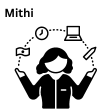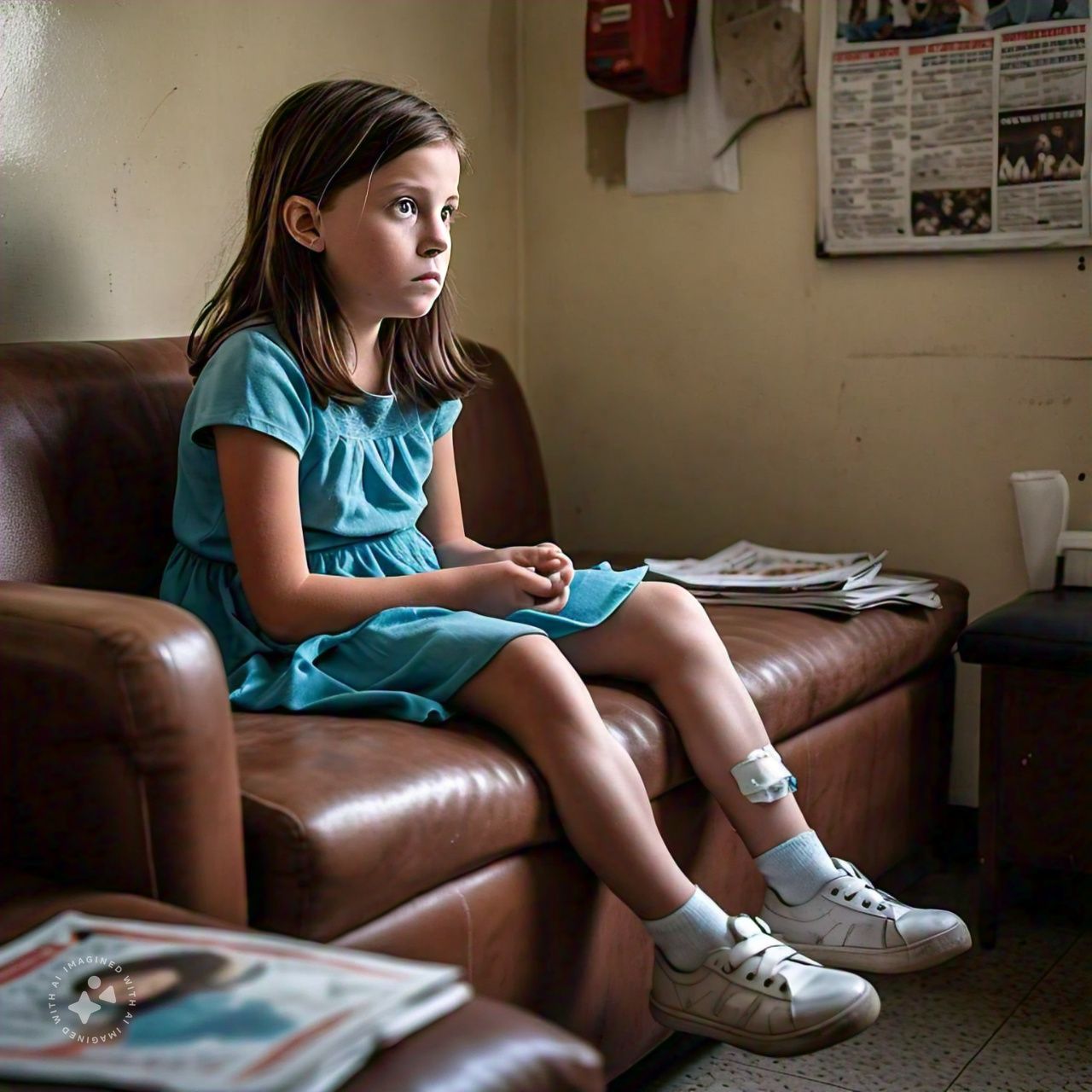Introduction
Access to quality education in rural areas remains a significant global challenge. Despite the advancements in urban educational infrastructure, many rural regions are left behind due to poor resources, lack of trained teachers, and limited accessibility. These challenges affect not only the future of the children but the socio-economic progress of entire communities.
Addressing these gaps is essential for the development of rural populations, ensuring every child has the opportunity to reach their full potential. This article explores the importance of education, the barriers rural areas face, and possible solutions to improve educational standards.
The Importance of Quality Education
Education is a cornerstone for any society, and it plays an even more critical role in rural areas where economic opportunities and social mobility are limited. By providing access to quality education, rural communities can experience positive transformations, including improved healthcare, enhanced agricultural practices, and greater local business opportunities.
In rural areas, education can break the cycle of poverty, opening doors to better job prospects and entrepreneurial endeavors. Educated individuals are more likely to engage in sustainable farming practices, adopt new technologies, and advocate for better community resources.
Despite the importance of education, rural areas face multiple barriers that limit children’s access to quality learning environments. Key challenges include:
- Distance and Infrastructure: Many students in rural areas have to travel long distances, often on foot, to reach the nearest school.
- Teacher Shortages: Rural schools frequently struggle to attract and retain qualified teachers due to the remoteness and lack of resources.
- Poor Learning Materials: Outdated textbooks and lack of access to modern technology also impede the learning process.
The Role of Government and NGOs
Governments and non-governmental organizations (NGOs) play a crucial role in bridging the educational divide in rural areas. Through targeted policies, grants, and programs, they work to improve school infrastructure, provide scholarships, and offer incentives for teachers to work in rural locations.
Programs like India’s Sarva Shiksha Abhiyan aim to universalize elementary education by addressing the needs of rural schools. Similarly, NGOs such as Save the Children and UNICEF support rural education by constructing schools, training teachers, and offering supplementary educational resources.
Technological Solutions in Rural Areas
With the rise of technology, rural education has a new ally: e-learning platforms and mobile classrooms. Digital education tools can provide high-quality learning materials, enable virtual teacher-student interactions, and offer access to updated content.
However, the lack of internet access in some rural regions poses a significant hurdle. Governments and private companies are now working on bringing low-cost internet to remote areas through satellite technology, improving the scope of education delivery.

Innovative Teaching Methods
In many rural areas, traditional classroom models are not feasible. Therefore, innovative teaching methods, such as mobile classrooms, blended learning, and radio-based lessons, are becoming popular.
- Mobile Classrooms: These are essentially buses or trucks transformed into classrooms, bringing education directly to remote communities.
- Blended Learning: A combination of in-person and online lessons, allowing rural students to receive a flexible, high-quality education.
By using a mix of technology and on-the-ground teaching, rural education becomes more adaptable and accessible to students who might otherwise be left behind.
Teacher Training Programs
Teacher quality is paramount in delivering good education. Training programs designed specifically for rural educators can equip them with the skills to handle multigrade classrooms and use innovative teaching tools. Programs like Teach for All focus on providing quality training and ongoing support for rural teachers.
Well-trained teachers can create a more engaging and productive learning environment, even in resource-constrained settings, giving rural students a better shot at success.
A lack of education can perpetuate cycles of poverty, poor health, and unemployment. Rural children who do not receive quality education are less likely to secure stable jobs, often resorting to low-paying labor or subsistence farming. Additionally, uneducated individuals are less likely to access healthcare services, leading to poorer health outcomes for themselves and their families.
Communities with lower educational levels also tend to suffer from a lack of civic participation, contributing to weaker local governance and economic stagnation.
Local Community Involvement
For education to thrive in rural areas, community involvement is crucial. Parents, local leaders, and elders can play an active role in supporting teachers and advocating for better school infrastructure. Programs that engage parents in their children’s education have been shown to improve attendance rates and academic performance.
Community-driven solutions, such as building libraries, fundraising for school supplies, or forming volunteer groups to repair school buildings, have proven to be effective in enhancing educational access in rural regions.
Case Studies of Successful Programs
Several countries have implemented successful rural education programs. In Brazil, the Escola Ativa program adapts teaching methods for multigrade classrooms in rural areas. In Kenya, the M-PESA Foundation provides schools with solar-powered tablets, while in India, the Midday Meal Scheme offers free meals to encourage school attendance.
These case studies demonstrate that with the right policies and support, it is possible to overcome the challenges of rural education.
Conclusion
Access to quality education in rural areas is essential for breaking the cycle of poverty and fostering socio-economic development. While the barriers are significant, with coordinated efforts from governments, NGOs, local communities, and technological innovations, it is possible to make meaningful strides toward providing every rural child with the education they deserve.



















